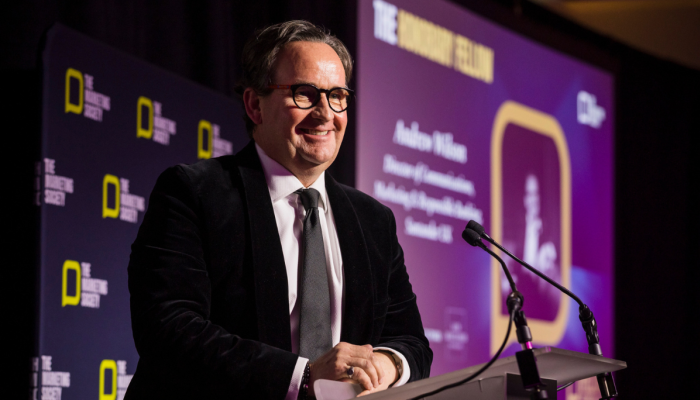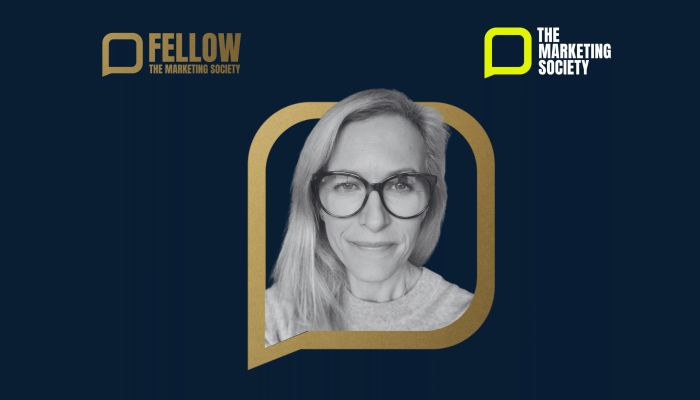Review by Helen Hourston, Managing Director, The Gate
At 2018’s Amplify Festival, Syl Saller, CMO at Diageo and President of The Marketing Society addressed the audience on the subject of Progressive Gender Portrayal in advertising.
A year on, as a group of leading marketeers met for an Amplify Fringe event on the same topic. It’s worth asking, has anything changed?
The answer to that is yes, quite a lot has, including the rules. Just a couple of months ago the ASA brought a new rule into the Advertising Code that stated: [Advertisements] must not include gender stereotypes that are likely to cause harm, or serious or widespread offence.
I think it’s fair to assume that our workshop attendees were in favour of the new guidelines, and recognise the collective responsibility of our industry to make change happen. As our chair, David Marshall, from the University of Edinburgh Business School stated in his introduction: “Advertising reflects society but it also plays a role in shaping it”.
But progress is being made regardless of the new guidelines. At the event we heard from Paul Condron from Edrington how some of their brands have played out some pretty bad stereotypes in the historically, typically male world of whisky. They now have and programme in place taking a firm position to make change happen across the globe.
Sharon Lloyd Barnes from the Advertising Association outlined various initiatives and campaigns they have developed over the last year or so.
Likewise, Gary Clapton, of University of Edinburgh and Fathers Network Scotland, evidenced how their active campaigning has influenced public sector organisations (whose default presentation of parenting is too often one of women only) to better represent the often missing “dad”.
The discussion moved on, inevitably, to more controversial ground. Shortly after the new ASA rules came into place, two ads, one for Philadelphia Cheese and one for Volkswagen, became the first to be banned under the new gender stereotyping rules.
Our group had mixed thoughts on the bans. Some felt the decisions were fully justified and sent out a strong message to advertisers. But others were critical, feeling the watchdog had gone too far to make a point and that their definition of ‘harm’ in these cases was questionable.
What everyone was in agreement of, was that the debate and discussion caused by the rulings were a good thing, and would keep the topic high on the agenda of marketeers.
Overall, if there were two key thoughts that I personally took away from the discussion, it was that the conversation should not just be about gender portrayal, but about better representation of diversity as a whole. And perhaps most importantly, brands and agencies can’t just approach this as a box-ticking exercise; if our representation of society is not authentic, then beware. And be prepared for the backlash.



